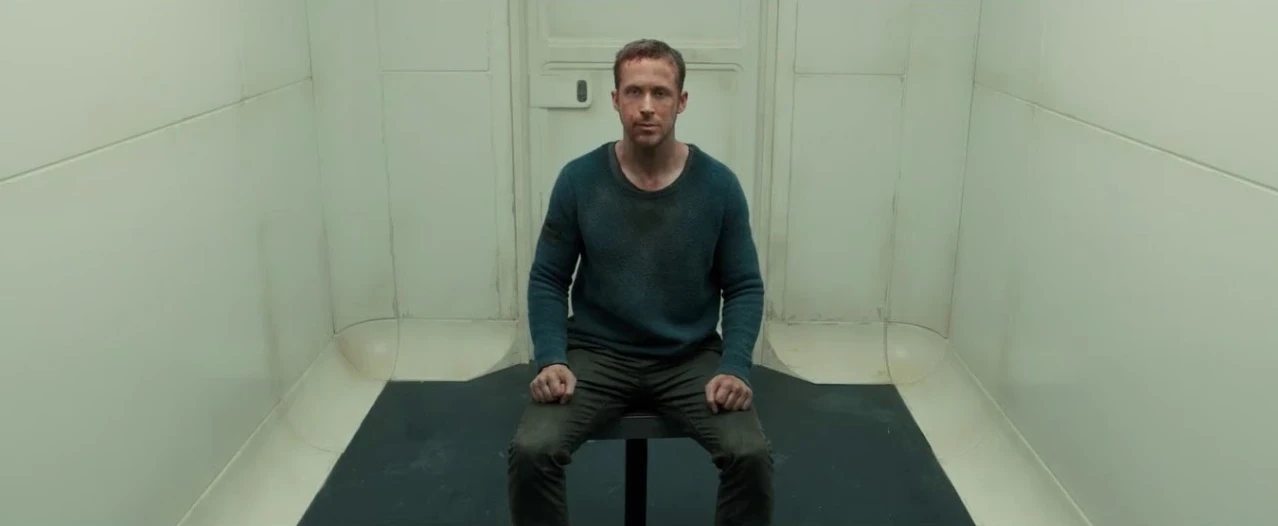Humans can be tracked with unique 'fingerprint' based on how their bodies block Wi-Fi signals
-
Someone’s going to use this to drop missiles on “baddies” with their sleeping families in 3 2 1
Reporting about starving children? That will be capital punishment for the whole family.
-
The Sapienza computer scientists say Wi-Fi signals offer superior surveillance potential compared to cameras because they're not affected by light conditions, can penetrate walls and other obstacles, and they're more privacy-preserving than visual images.
[…] The Rome-based researchers who proposed WhoFi claim their technique makes accurate matches on the public NTU-Fi dataset up to 95.5 percent of the time when the deep neural network uses the transformer encoding architecture.

Let me know when I can selfhost LibreFi Security on my router and use it for myself. Sounds great for private home use.
-
Many different items of tinfoil clothing. Tinfoil shirt today, tinfoil codpiece for the weekend
Have you tried turning off the router?
-
They can see you're a person but not exactly who you are.
How is that a "fingerprint"?
-
Have you tried turning off the router?
Yeah, but then I had no excuse to wear a tinfoil codpiece.
-
It's all AI. You should not worry about it. In fact you should not think about it. All is going to be fine.
This is fine.
-
How is that a "fingerprint"?
Well they can identify you are the same person but not your identity.. So it's like a disenbodied fingerprint.
I suppose they could potentially make some database and train an AI on it someday to match to actual identities, but usefulness would be pretty limited at only 95% accuracy. That's a false reading 1/20 times, so I suspect it would fail bigly to accurately recognize people from large data sets.
-
They know you are a person and they can call your a certain UUID, but there will be a hard time matching you to your name etc.
Camera's can do face recognition (if your face is even in the database) to know who you are.
This only works until the point where they have your form in a database which they can check...
We have heard this non-sense before, only to find it's trivially easy to connect to your PID.
-
Neat. Good luck protecting yourself from this.
On the other hand, I’m seriously considering opening an Etsy shop selling foil-lined clothes. I’m pretty good at sewing. What do you think?
-
Well they can identify you are the same person but not your identity.. So it's like a disenbodied fingerprint.
I suppose they could potentially make some database and train an AI on it someday to match to actual identities, but usefulness would be pretty limited at only 95% accuracy. That's a false reading 1/20 times, so I suspect it would fail bigly to accurately recognize people from large data sets.
That's a false reading 1/20 times
And when has something like that ever stopped anyone?
-
accurate matches up to 95.5% of the time
and they’re more privacy-preserving than visual images
Oh fuck all the way off.
When anyone or anything says that their product works "up to x%" I always presume it doesn't really work at all.
Christ, 1% is included in that "up to 95.5%" vague bullshit statement. -
I'm generally pro research, but occasionally I come across a body of research and wish I could just shut down what they're doing and rewind the clock to before that started.
There is no benefit of this for the common person. There is no end user need or product for being able to identify individuals based on their interactions with WiFi signals. The only people that benefit from this are large corporations and governments and that's from them turning it on you.
Continued research will ease widespread surveillance and mass tracking. That's not a good thing.
Could be developed into a useful tool for search and rescue
-
Ironically, they're still wrong, because even in their wildest conspiracies, they didn't imagine Wi-Fi could be used to "take pictures" of a sort.
Tinfoil hat conspiracy theorists predate wifi by at least a decade
-
The Sapienza computer scientists say Wi-Fi signals offer superior surveillance potential compared to cameras because they're not affected by light conditions, can penetrate walls and other obstacles, and they're more privacy-preserving than visual images.
[…] The Rome-based researchers who proposed WhoFi claim their technique makes accurate matches on the public NTU-Fi dataset up to 95.5 percent of the time when the deep neural network uses the transformer encoding architecture.

This shits already used by xfinity

WiFi Motion: Detect Movement In Your Home
Discover WiFi Motion and detect movement at home using your stationary smart devices, adding an extra layer of awareness to your everyday life.
Xfinity (www.xfinity.com)
-
The Sapienza computer scientists say Wi-Fi signals offer superior surveillance potential compared to cameras because they're not affected by light conditions, can penetrate walls and other obstacles, and they're more privacy-preserving than visual images.
[…] The Rome-based researchers who proposed WhoFi claim their technique makes accurate matches on the public NTU-Fi dataset up to 95.5 percent of the time when the deep neural network uses the transformer encoding architecture.

I was having a nice day

-
The Sapienza computer scientists say Wi-Fi signals offer superior surveillance potential compared to cameras because they're not affected by light conditions, can penetrate walls and other obstacles, and they're more privacy-preserving than visual images.
[…] The Rome-based researchers who proposed WhoFi claim their technique makes accurate matches on the public NTU-Fi dataset up to 95.5 percent of the time when the deep neural network uses the transformer encoding architecture.

Why would someone research something like this? God damn, like use your life for good, homie
-
Could be developed into a useful tool for search and rescue
Probably not.
This kind of thing relies on the fact that the emitter and environments are static, impacting the propagation of the signals in a predictable way and that each person, having a unique physique, consistently interferes with that propagation in the same way. It's a tool that reports "the interference in this room looks like the same interference observed in these past cases."
Search and rescue is a very dynamic environment, with no opportunity to establish a local baseline, and with a high likelihood that the physiological signal you are looking for has been altered (such as by broken or severed limbs).
There are some other WiFi sniffing technologies that might be more useful for S&R such as movement detection, but I'm not sure if that will work as well when the broadcaster is outside the environment (as the more rubble between the emitter and the target the weaker your signal from reflections against the rubble).
Don't think of this as being able to see through walls like with a futuristic camera, think of this as AI assisted anomaly detection in signal processing (which is exactly what the researchers are doing).
-
It is cool for home automation if you can turn it into a presence detection software (do not connect your Homeassistant to the internet though)
If all you need is presence detection then a motion sensor would be vastly more efficient.
If you actually need identity detection, then maybe, but you'll still have to have a camera or detailed access logs to associate the interference signature with a known entity and at that point you may as well just put an RFID reader under the bowl you throw your keys into or use facial or gait detection.
-
That's a very unique fingerprint he's got.
"Hey boss come look. This microwave is walking around again"
-
You had non work related thoughts on three separate occasions last week. Please report to HR for attitude adjustment.

-
-
-
-
[🇨🇭Switzerland] Google, X/Twitter and Other Online Services are Set to Pay Copyright Fees for Displaying Short Extracts From Newspaper Articles.
Technology 1
1
-
-
Nvidia debuts a native GeForce NOW app for Steam Deck, supporting games in up to 4K at 60 FPS; in testing, the app extended Steam Deck battery life by up to 50%
Technology 1
1
-
-



